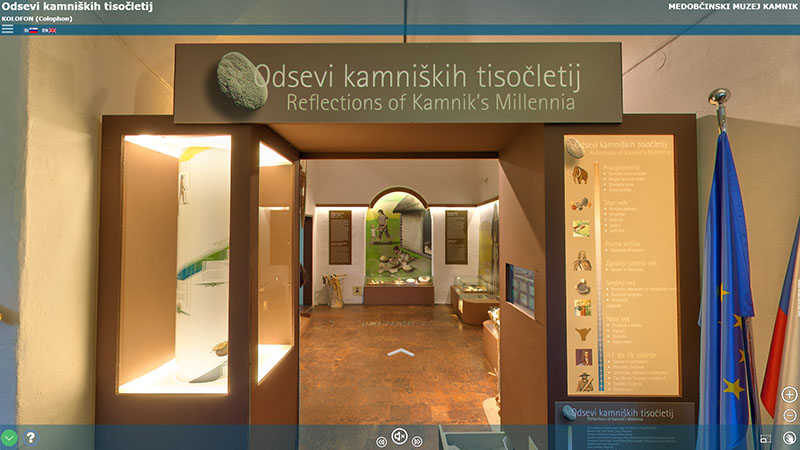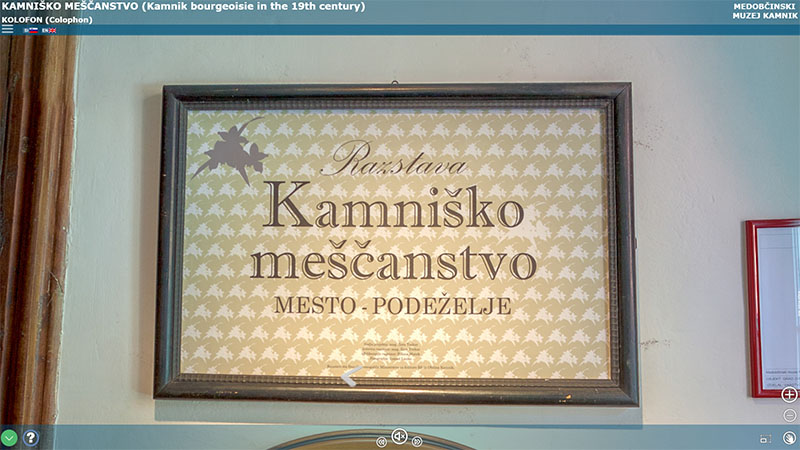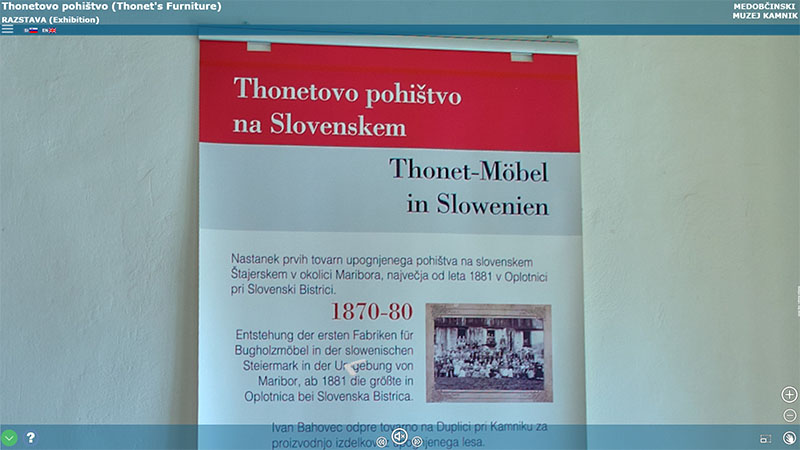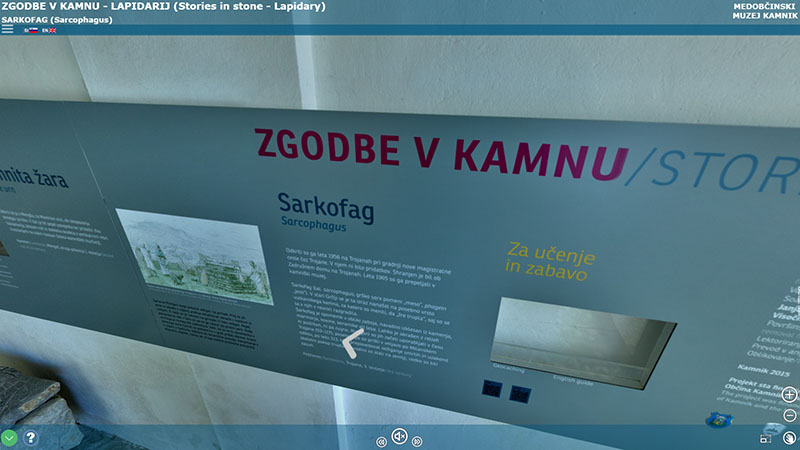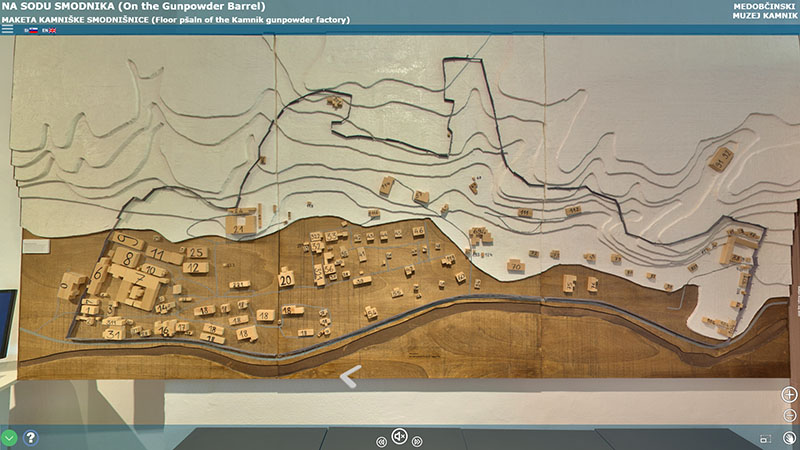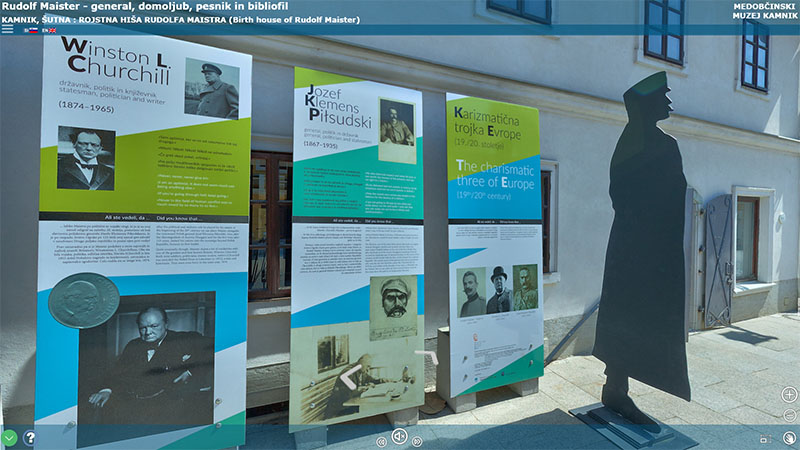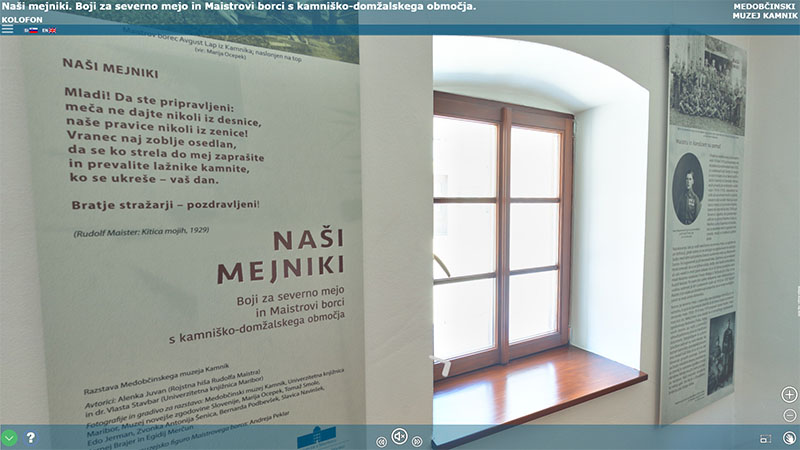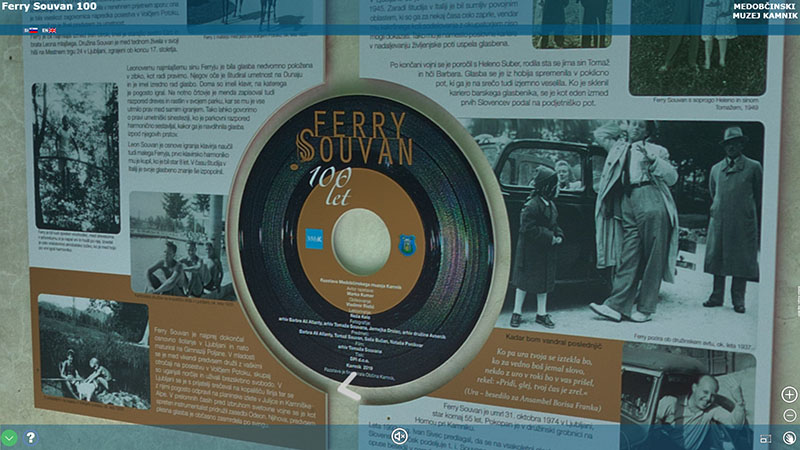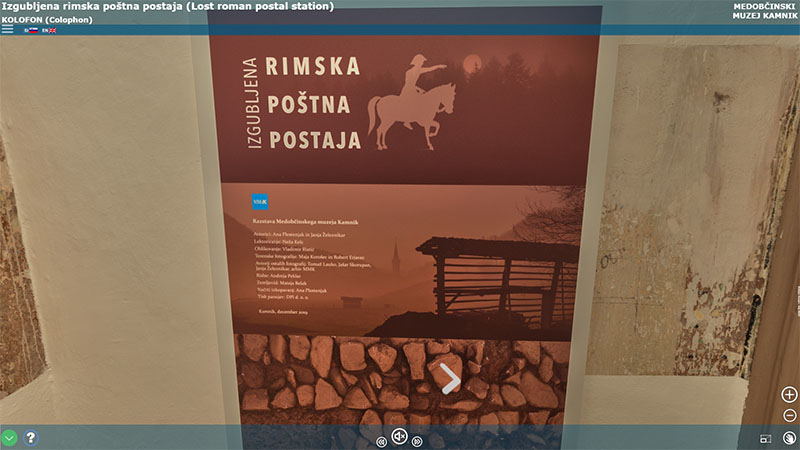|
The Museum of Kamnik, the predecessor of the present Inter-municipal Museum Kamnik, was established by the OLO Kamnik on 4 December 1961. In 1964 also the municipality of Kamnik joined the foundation. Based on the Act Regulating the Realisation of the Public Interest in the Field of Culture, the Inter-municipal Museum Kamnik has been founded as the only legal successor to the Museum of Kamnik, established by the municipality of Kamnik, the municipality of Komenda and the municipality of Trzin. Ordinance establishing the public institution of the Inter-municipal Museum Kamnik was published in the Official Gazette of the Republic of Slovenia, No. 3/2004, on 16 January 2004. Inter-municipal Museum Kamnik has annexed units: Zaprice Castle Museum, Miha Maleš Gallery, Gallery View and Rudolf Maister’s Birthplace.
The museum is the only public institution performing storage, conservation and introduction of the mobile cultural heritage of the Kamnik region and has been entered into the record of authorized museums of the Ministry of Culture of the Republic of Slovenia. This confirms that the museum operation complies with the expert, technical and spatial conditions requisite for performing the museum public service. Regardless of the fact that the museum was founded by the municipality of Kamnik, it also meets the requirements of citizens from Komenda and Trzin, the co-founders of this public institution. The operation of the public institution is co-financed by the Ministry of Culture of the Republic of Slovenia.
At the same time as performing the museum public service, such as collecting, conserving and storing, researching, keeping records, documenting and presenting the museum material, an extensive amount of documentation has been created at the museum, where the index files of each individual object, photographs, video-films, negatives, transparencies, libraries, drawings of archaeological objects, inventory ledgers and accession books are kept. The museum shares its expertise and works with a diverse range of local groups, community organisations, associations, clubs, societies and individuals, helping them with its expert knowledge to organize collections, exhibitions and other ways of introducing the mobile cultural heritage. It also helps them using its expert knowledge to mentor work in research assignments and projects.
Andragogical and pedagogical activities at the museum are tailored to visitors of any age and interest (children’s workshops, lectures, guidance). With all its programmes the museum provides members of the community with the experience of discovering our cultural heritage and learning about history, art and everyday life, whereas the school groups may vary and supplement their own educational programs. |
